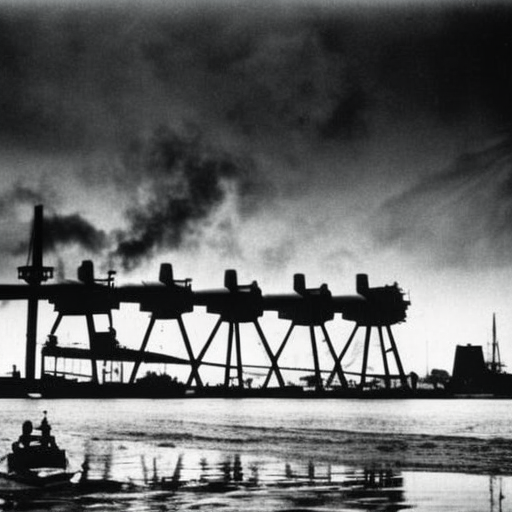Siege of Nijmegen: A Battle for Control
The Siege of Nijmegen was a significant military event that took place during the Eighty Years’ War between the Dutch Republic and the Spanish Empire. The siege occurred from July 20 to September 21, 1591, and resulted in the Dutch Republic successfully defending the city of Nijmegen against Spanish forces led by General Francisco Verdugo.
The Background
The Eighty Years’ War, also known as the Dutch War of Independence, was a conflict fought between the Dutch Republic and the Spanish Empire. The Dutch Republic sought to gain independence from Spanish rule and establish itself as a sovereign nation. Nijmegen, a strategically important city located on the eastern border of the Dutch Republic, was a key target for both sides.
The Spanish Siege
In 1591, the Spanish forces, under the command of General Francisco Verdugo, launched a siege on Nijmegen. The Spanish army consisted of approximately 8,000 soldiers, including infantry, cavalry, and artillery. They aimed to capture Nijmegen and gain control over the city and its surrounding territories.
The Spanish army began by surrounding Nijmegen and cutting off all supply routes to the city. They then bombarded the city with artillery fire, attempting to weaken its defenses and force a surrender. The Dutch defenders, led by Governor Jan van Schaffelaar, fought back fiercely, using the city’s fortifications to their advantage.
The Dutch Defense
The Dutch defenders of Nijmegen numbered around 2,000 soldiers, significantly outnumbered by the Spanish forces. However, they were well-prepared and determined to hold their ground. The Dutch soldiers utilized the city’s fortifications, including walls, bastions, and moats, to repel the Spanish attacks.
The Dutch defenders also received support from the Dutch fleet, which sailed up the River Waal to provide additional supplies and reinforcements. This naval support played a crucial role in sustaining the defense of Nijmegen throughout the siege.
The Turning Point
As the siege progressed, the Spanish forces faced numerous challenges. The Dutch defenders successfully repelled multiple assaults, inflicting heavy casualties on the Spanish army. Additionally, the Spanish supply lines were disrupted by Dutch naval attacks, further weakening their position.
The turning point of the siege came when the Dutch fleet, led by Admiral Philips van Hohenlohe-Neuenstein, launched a daring nighttime attack on the Spanish camp. The Dutch fleet managed to surprise the Spanish forces and inflict significant damage, causing panic and confusion among the Spanish soldiers.
The Spanish Retreat
Following the successful Dutch naval attack, the Spanish forces were demoralized and their position became untenable. General Verdugo made the decision to retreat, abandoning the siege of Nijmegen. The Dutch defenders emerged victorious, having successfully defended the city against a superior Spanish force.
The Aftermath
The Siege of Nijmegen was a significant victory for the Dutch Republic in its struggle for independence from Spanish rule. The successful defense of Nijmegen boosted the morale of the Dutch forces and demonstrated their ability to withstand and repel Spanish attacks.
The siege also had broader implications for the Eighty Years’ War. It highlighted the resilience and determination of the Dutch Republic in its fight against the Spanish Empire. The Dutch Republic continued to resist Spanish rule, eventually achieving independence in 1648.
In conclusion, the Siege of Nijmegen was a crucial battle during the Eighty Years’ War. The Dutch Republic successfully defended the city against Spanish forces, thanks to their well-prepared defenses, naval support, and a daring nighttime attack. The victory at Nijmegen bolstered the Dutch Republic’s fight for independence and contributed to its eventual success.












